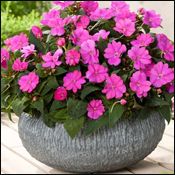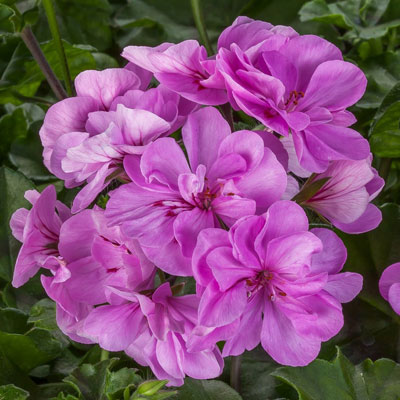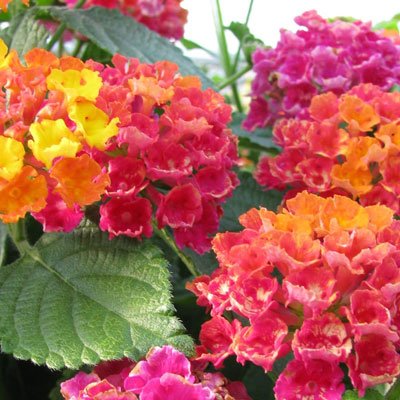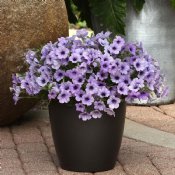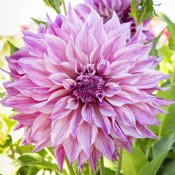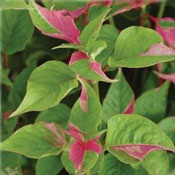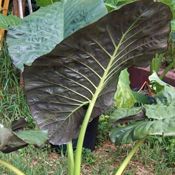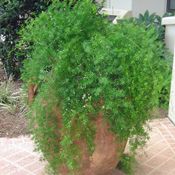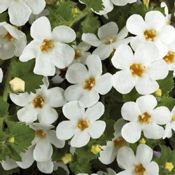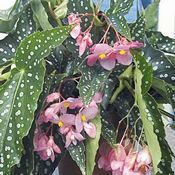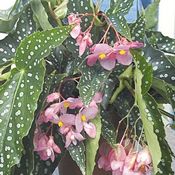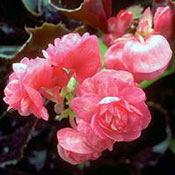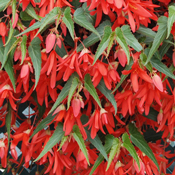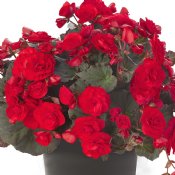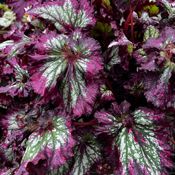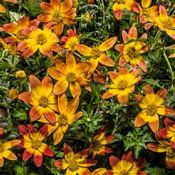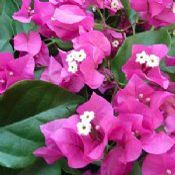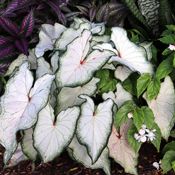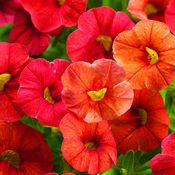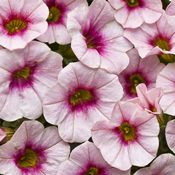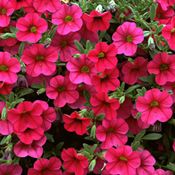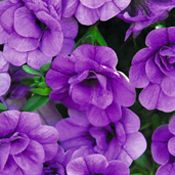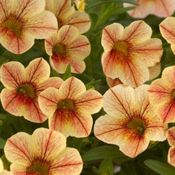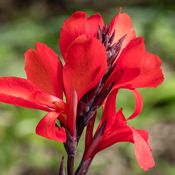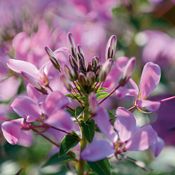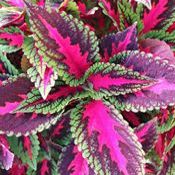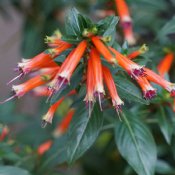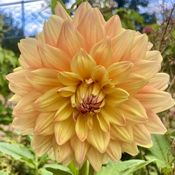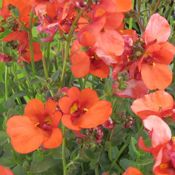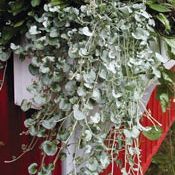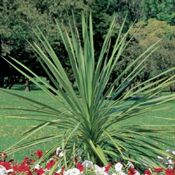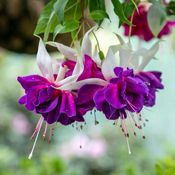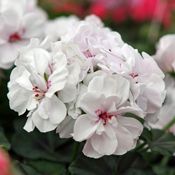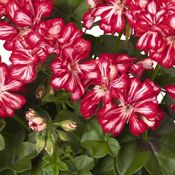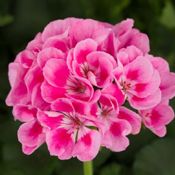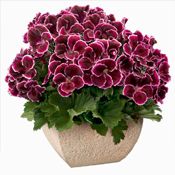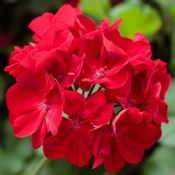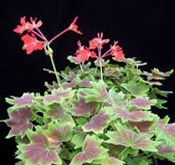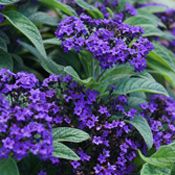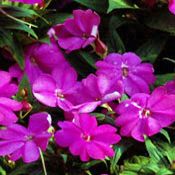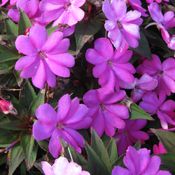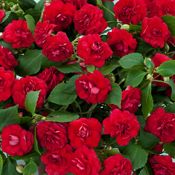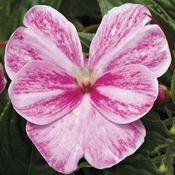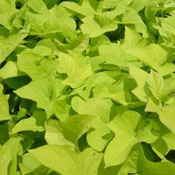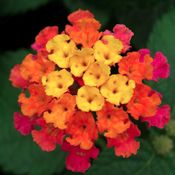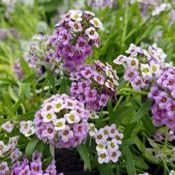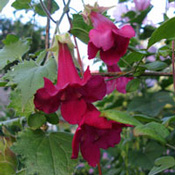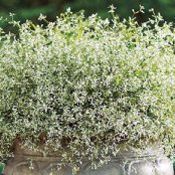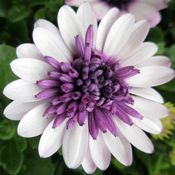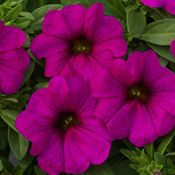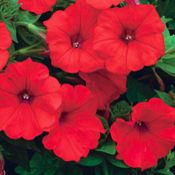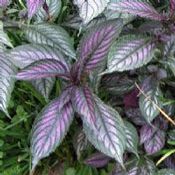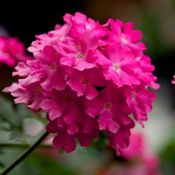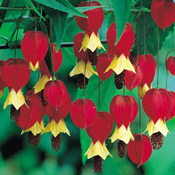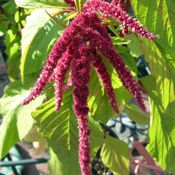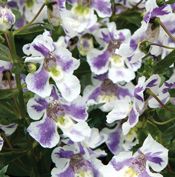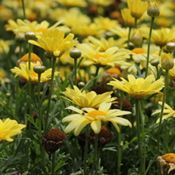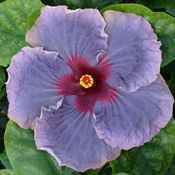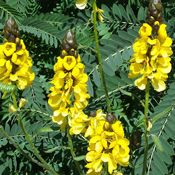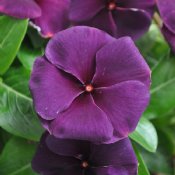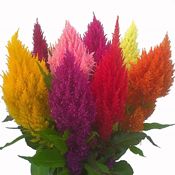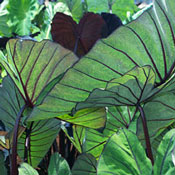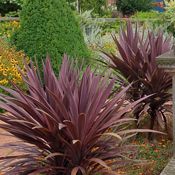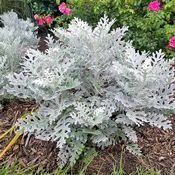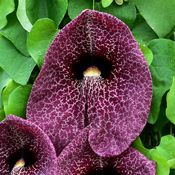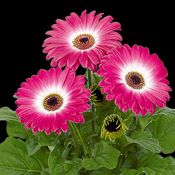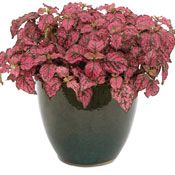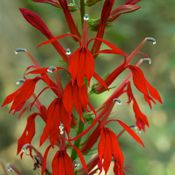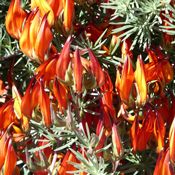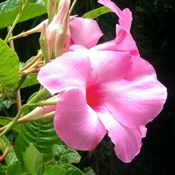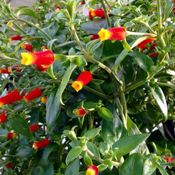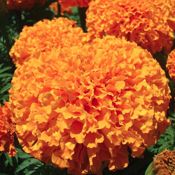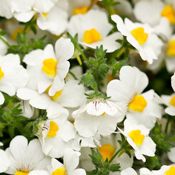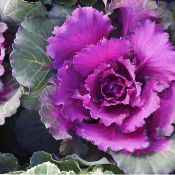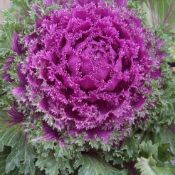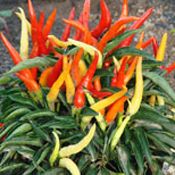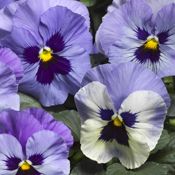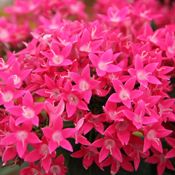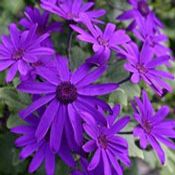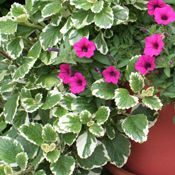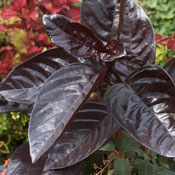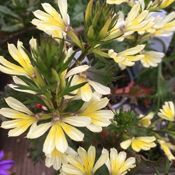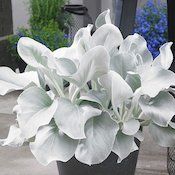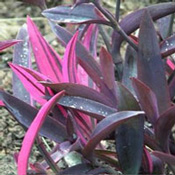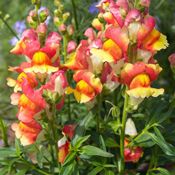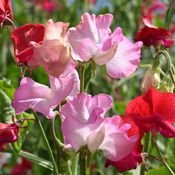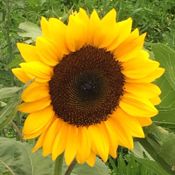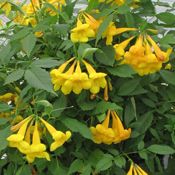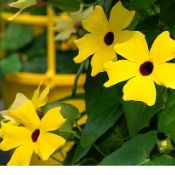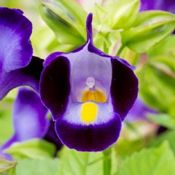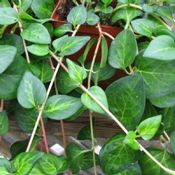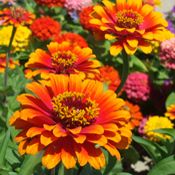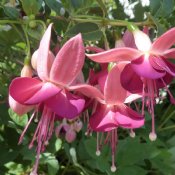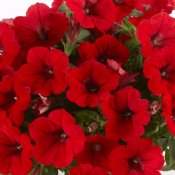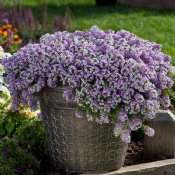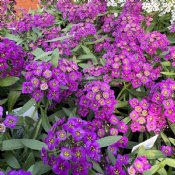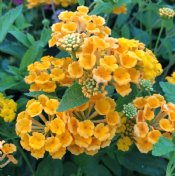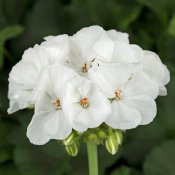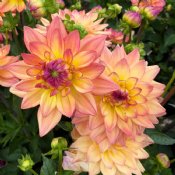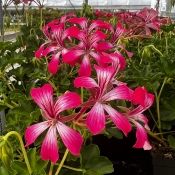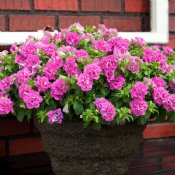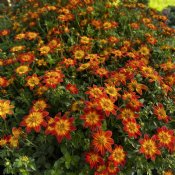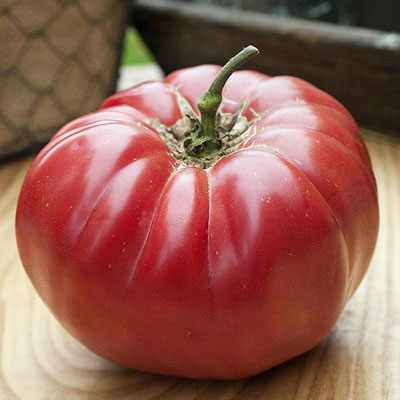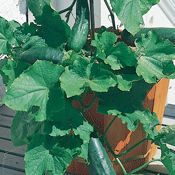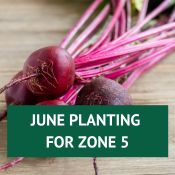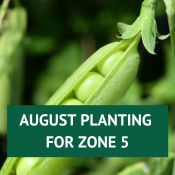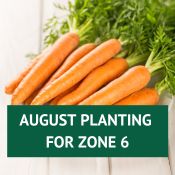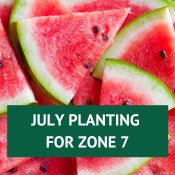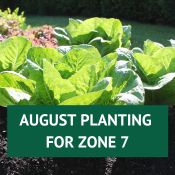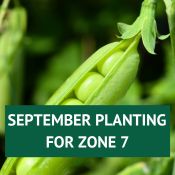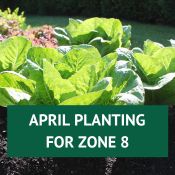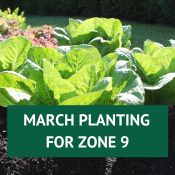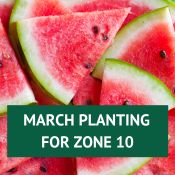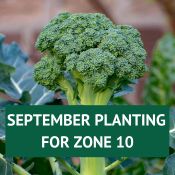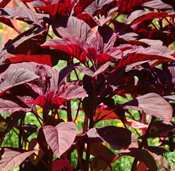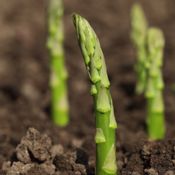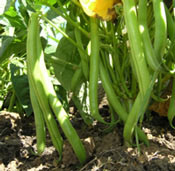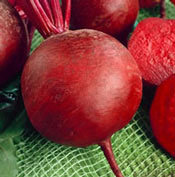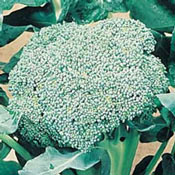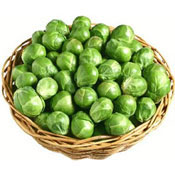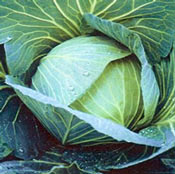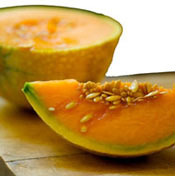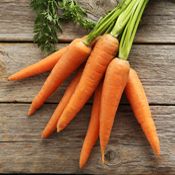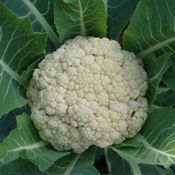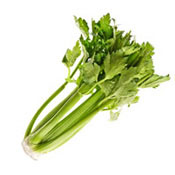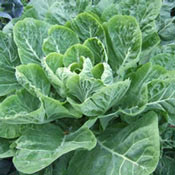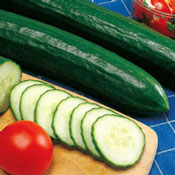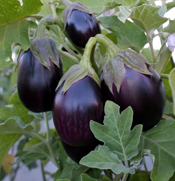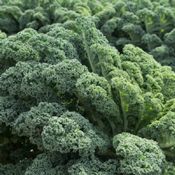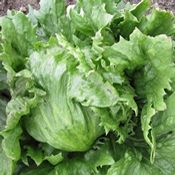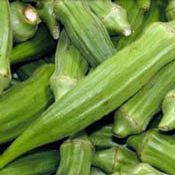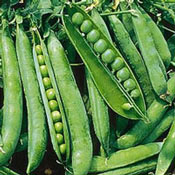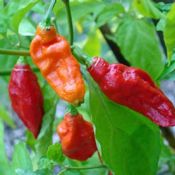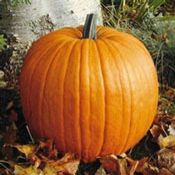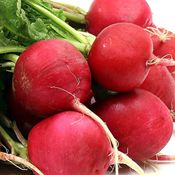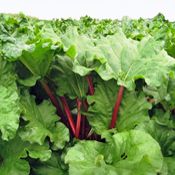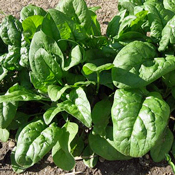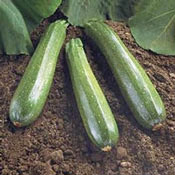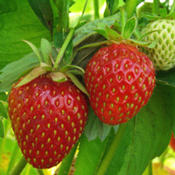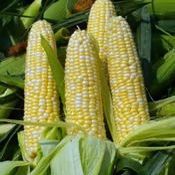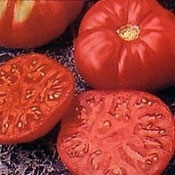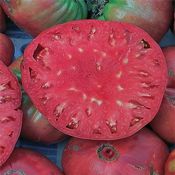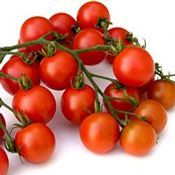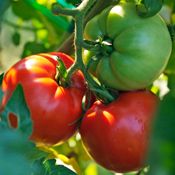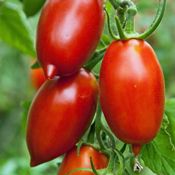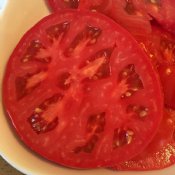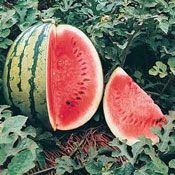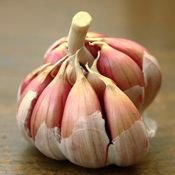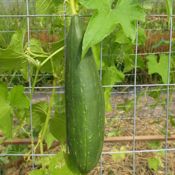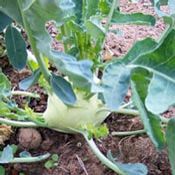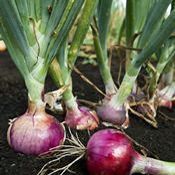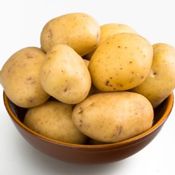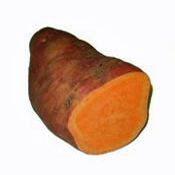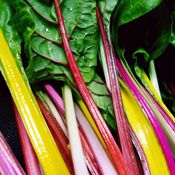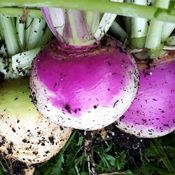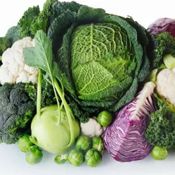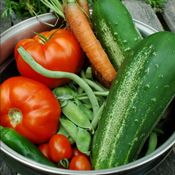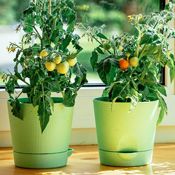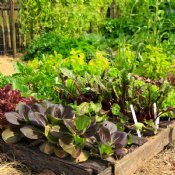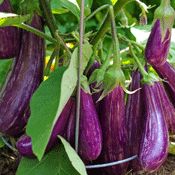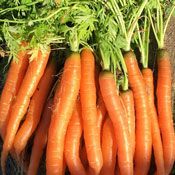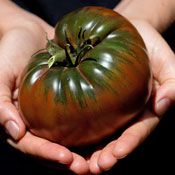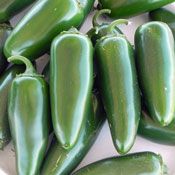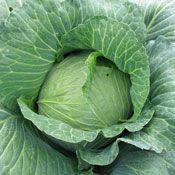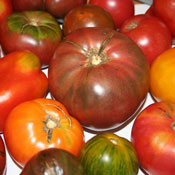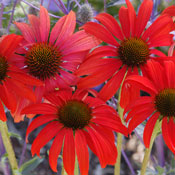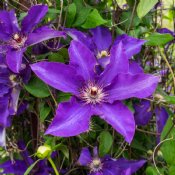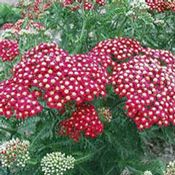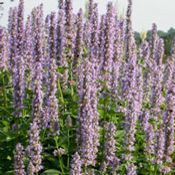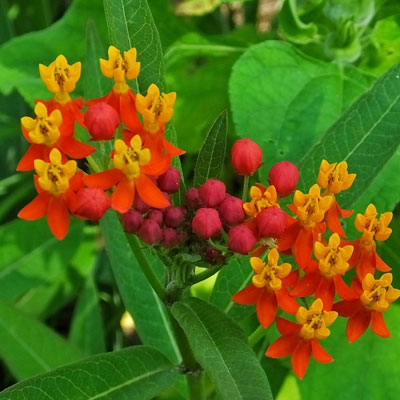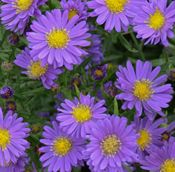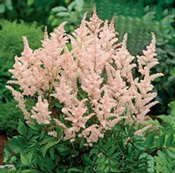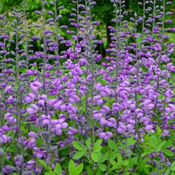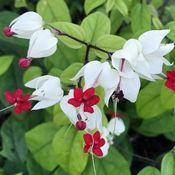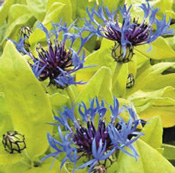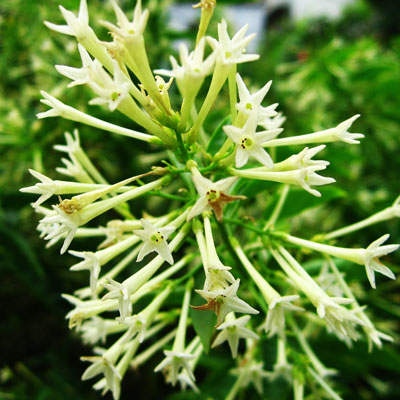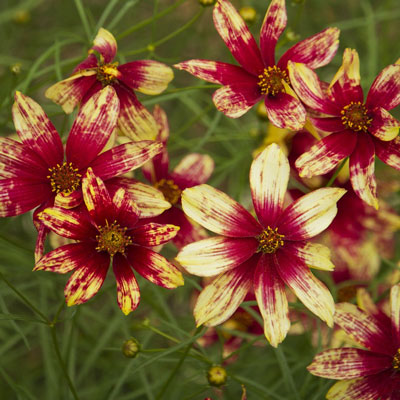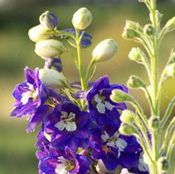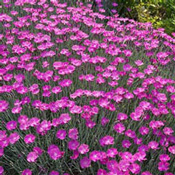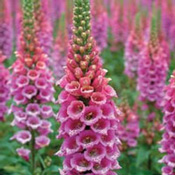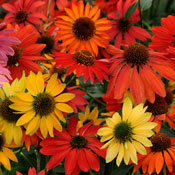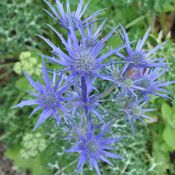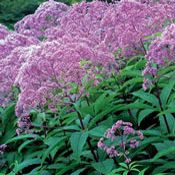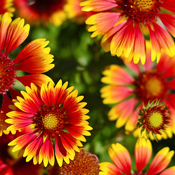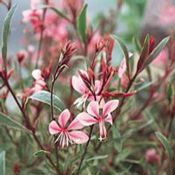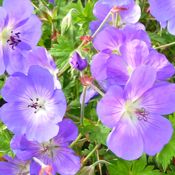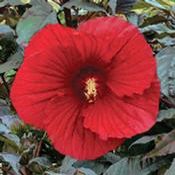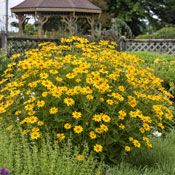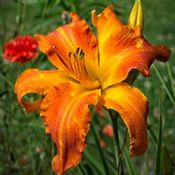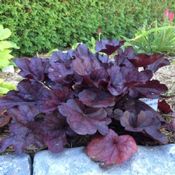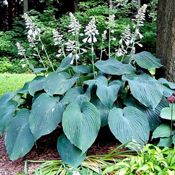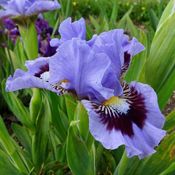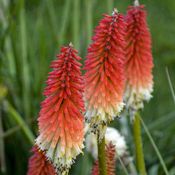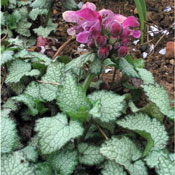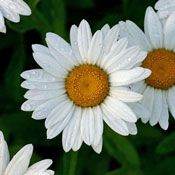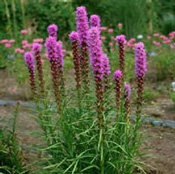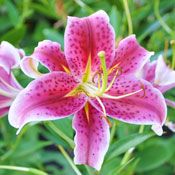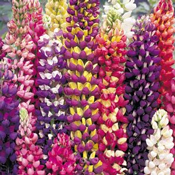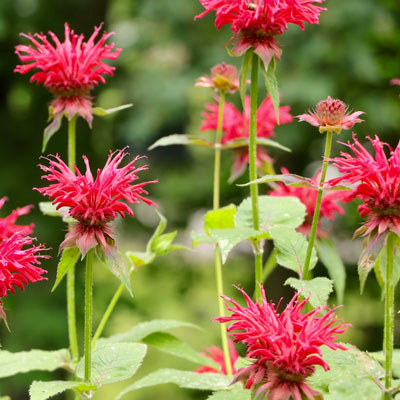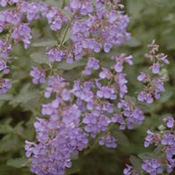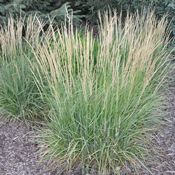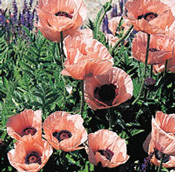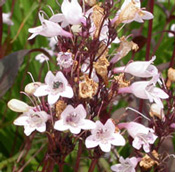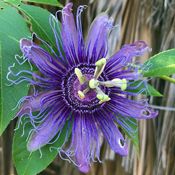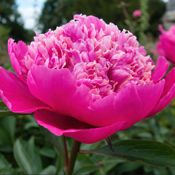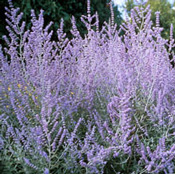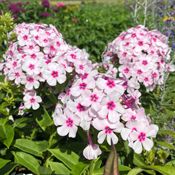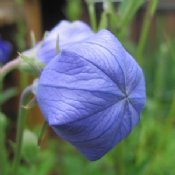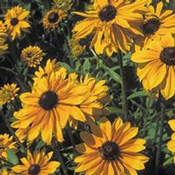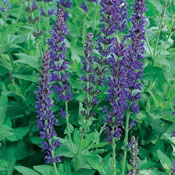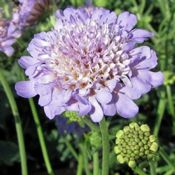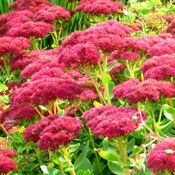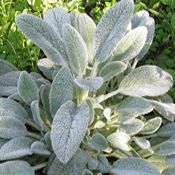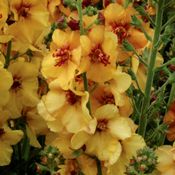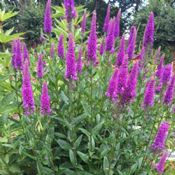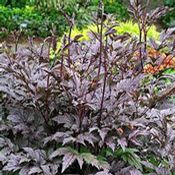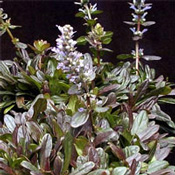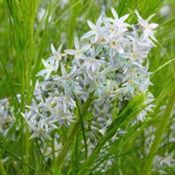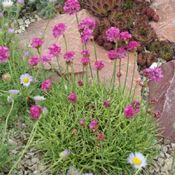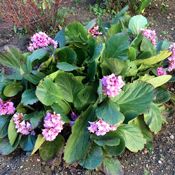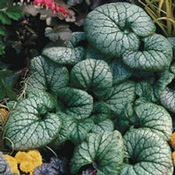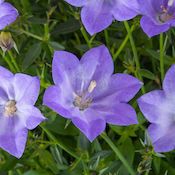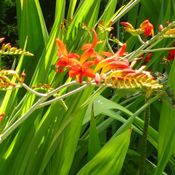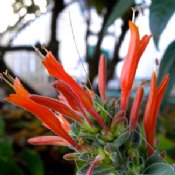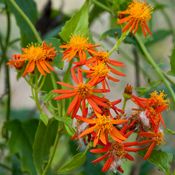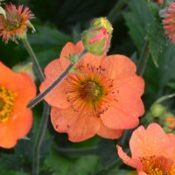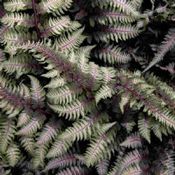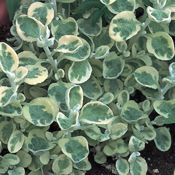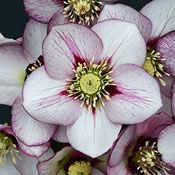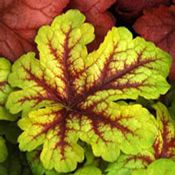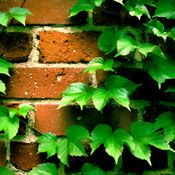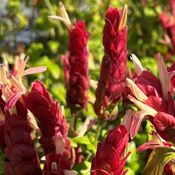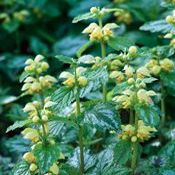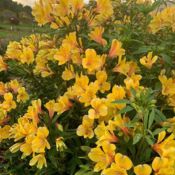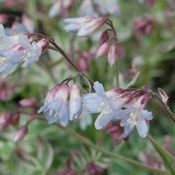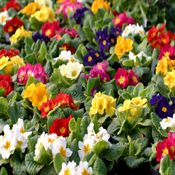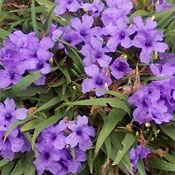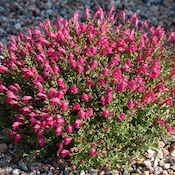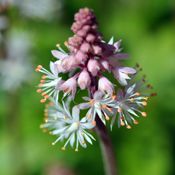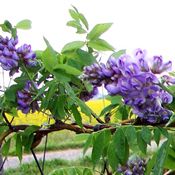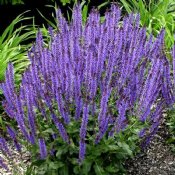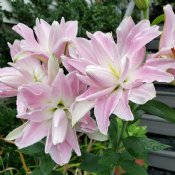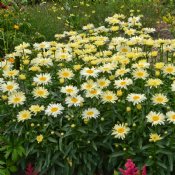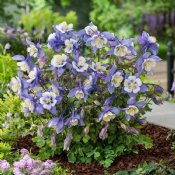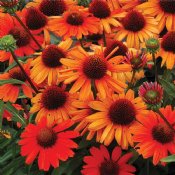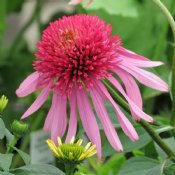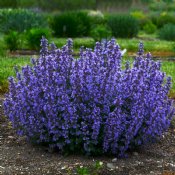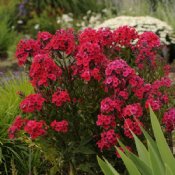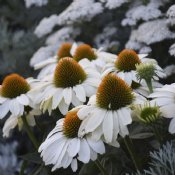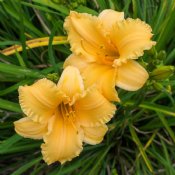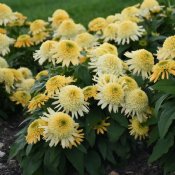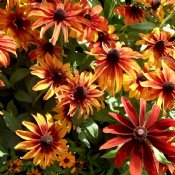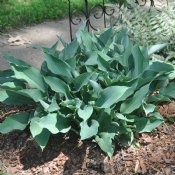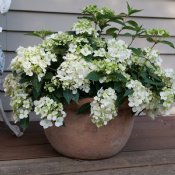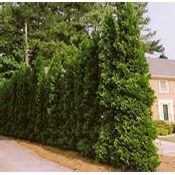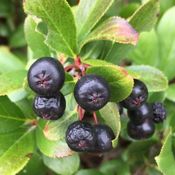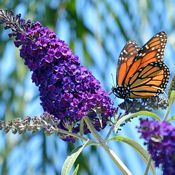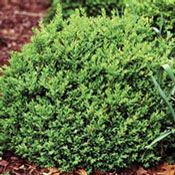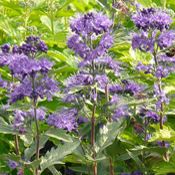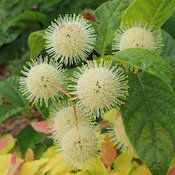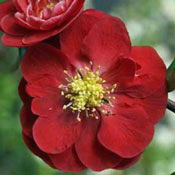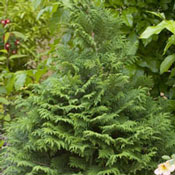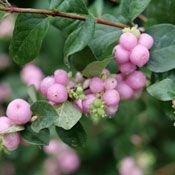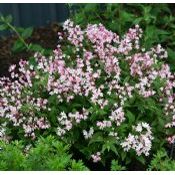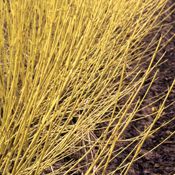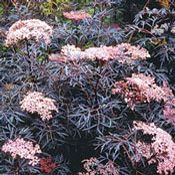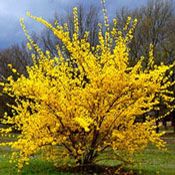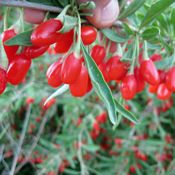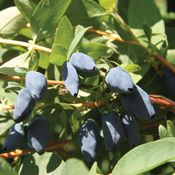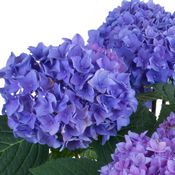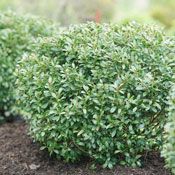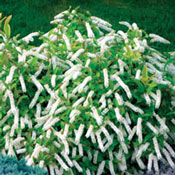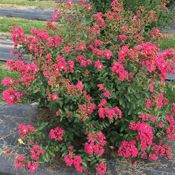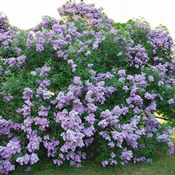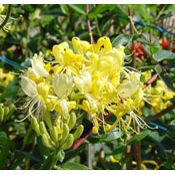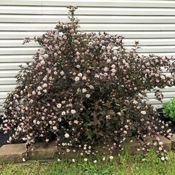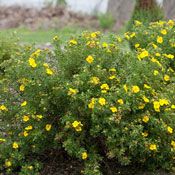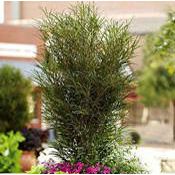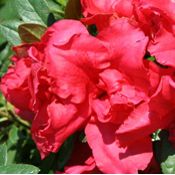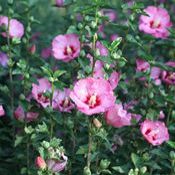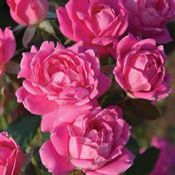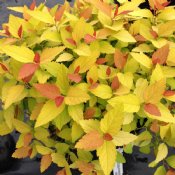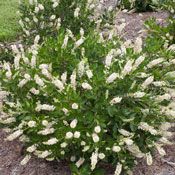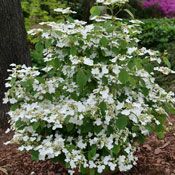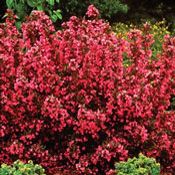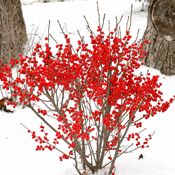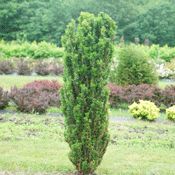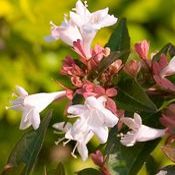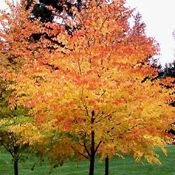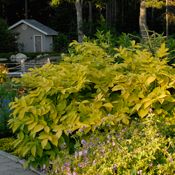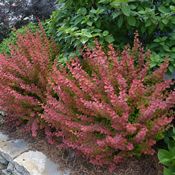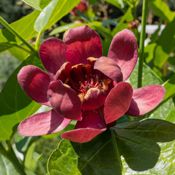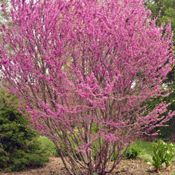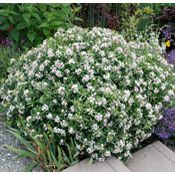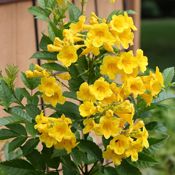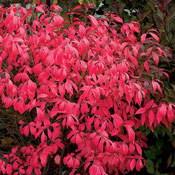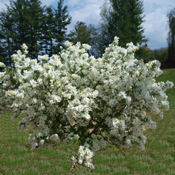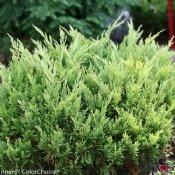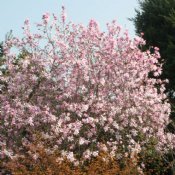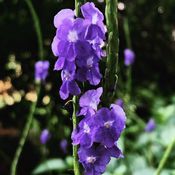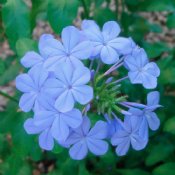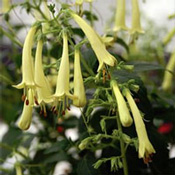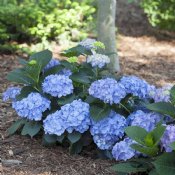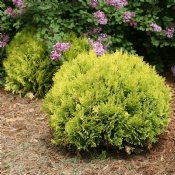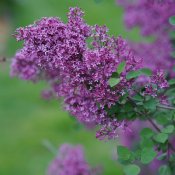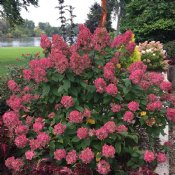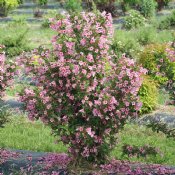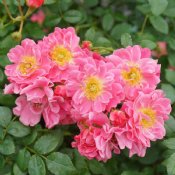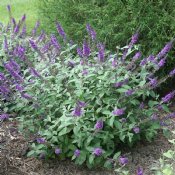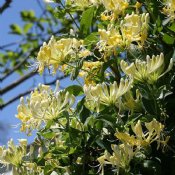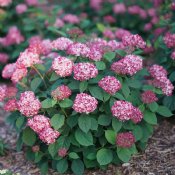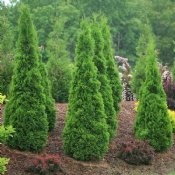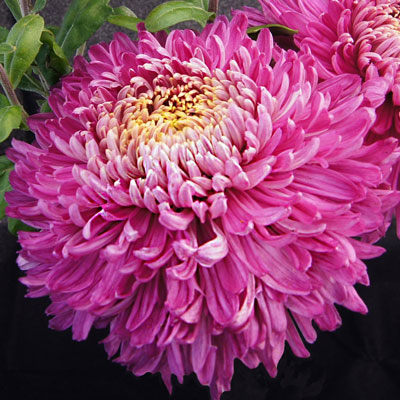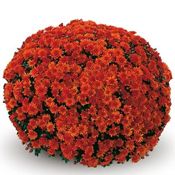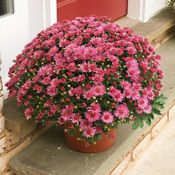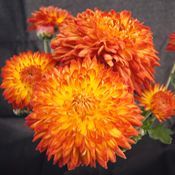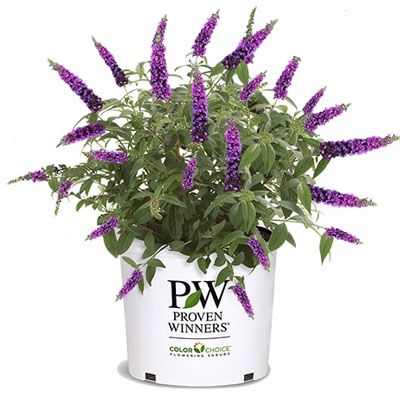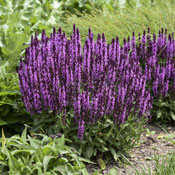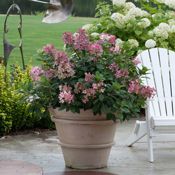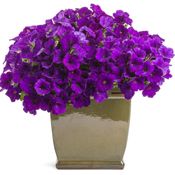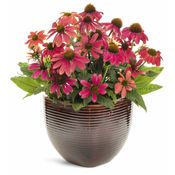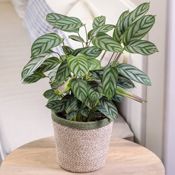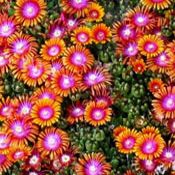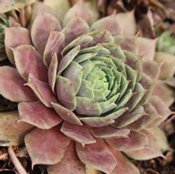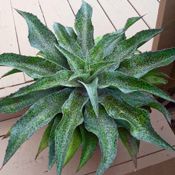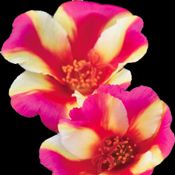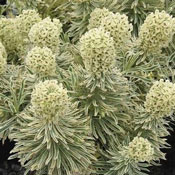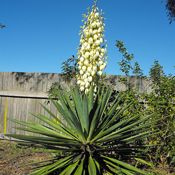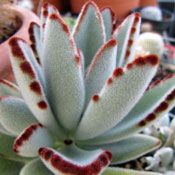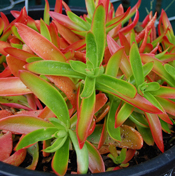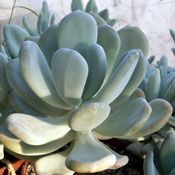
When it comes to growing Rhubarb, it is all about practicing patience for the first and second year so as to reap the long- term results and the reward of having a healthy, productive Rhubarb patch. We say ‘long-term’ because, when properly cultivated, your Rhubarb plants will bear an inexhaustible crop for 8 to 15 years! A little patience goes a long, long way!
The Truth About Rhubarb
Contrary to what many believe, Rhubarb is a vegetable, not a fruit. This is according to the USDA (U.S. Department of Agriculture), and who is going to argue with them? Actually, Rhubarb was declared a fruit by the USDA in the 1970s because the tariff for imported fruit was less than vegetables, but it is now classified a vegetable. Rhubarb is a perennial that happens to ripen at the same time as strawberries are in season, which is most likely how Strawberry-Rhubarb Pie came to be. It is extremely tart, on a level with lemons, with the ‘cane’ of the plant being the only safe part of the plant to eat. The leaves and roots are high in oxalic acid, a toxin, that can cause a plethora of nasty symptoms. It is also true, that though Rhubarb is most often used when the stalks are red, you can cook with them when still green too. Everyone knows about the sweet ways that this fruit/vegetable is used, but there are a number of savory recipes you can try as well. You can make a not-too-sweet sauce to go over pork chops or cook with an international flare when making Rhubarb Beef. You can pair it with apricots or honey for a BBQ chicken glaze or tasty chutney. You can even make a Rhubarb dressing or salsa!
Rhubarb Varieties
When embarking on the Rhubarb cultivation journey, it's crucial to choose the right variety that suits your climate, soil, and culinary needs. Here are some popular Rhubarb varieties to consider:
- 'Victoria': Renowned for its high yield and sweet, tender stalks, 'Victoria' is a great all-rounder in the kitchen. It's also one of the most widely grown varieties, suitable for both experienced and novice gardeners.
- 'Canada Red': With its deep red stalks and sweet flavor, 'Canada Red' Rhubarb is perfect for those looking to add color and taste to their dishes. This variety tends to maintain its red color when cooked, making it a favorite for pies and jams.
- 'Crimson Red': This variety boasts bright red stalks and a strong Rhubarb flavor, ideal for culinary use. 'Crimson Red' is known for its disease resistance and vigor, making it a robust choice for various garden conditions.
Each variety has its unique characteristics, from the color and taste of the stalks to the plant's overall hardiness and resistance to pests and diseases. Consider your local climate and soil conditions, as well as how you plan to use your Rhubarb, when selecting a variety.
Growing Rhubarb: How to Prep the Soil
As this vegetable is a very long-lived perennial, it is advisable to prepare the soil well for your first planting. Your Rhubarb plants will be relying on the nutrients and soil structure for a good, long time. So, cultivate the soil to a good depth, preferably between 12 and 24 inches, mixing in a good amount of organic matter, such as compost or well-dried manure. It’s best to do this about one month before planting to allow the soil to settle and absorb those nutrients from the manure or compost. If you have heavy clay concentration, replace about half of the soil with sand when adding the organic material. Rhubarb plants need good drainage and for the most prolific harvest, full sun, though it will also grow in partial shade. Remove as many weeds in and around where you will be setting your Rhubarb plants, as possible. This will ensure that the young plants are not competing for nutrients and so you don’t stress the juvenile plants by digging nearby weeds before the tender plants are fully established.
Pest and Disease Management
Rhubarb plants can be susceptible to several pests and diseases, which can impact their growth and productivity. Here are some common issues and management strategies:
- Crown Rot: Caused by fungi in wet and poorly drained soils, crown rot can be devastating. Ensure good drainage and avoid over-watering to prevent this disease.
- Rhubarb Curculio: A large, snout beetle that punctures stalks to lay eggs, weakening the plant. Keep the area around your Rhubarb plants clean and free of debris to reduce hiding places for these pests.
- Leaf Spot: Fungal diseases that cause unsightly spots on leaves can be managed by ensuring good air circulation around plants and removing affected leaves promptly.
Regular monitoring and adopting good cultural practices are key to preventing pest and disease problems. If issues arise, organic methods such as neem oil or insecticidal soaps can be effective for pest control, and copper fungicides may help manage fungal diseases.
How to Plant Rhubarb
Rhubarb is generally planted as a bare root crown, similar to how asparagus is planted. Spring is the best time to plant new crowns and also the best time to divide older plants. For a single Rhubarb plant, dig a hole at least 2 feet in diameter and in depth, partially back-filling the hole with a 50/50 mixture of soil and compost or well-rotted manure. If you’re planting multiple plants, dig a deep trench and do the same, allowing about 3 feet between plants. For each plant, you should mound the soil in the bottom of the hole, spreading the roots down over the sides of the mound and then covering the plants with the remainder of the soil so the buds are 1 to 2 inches below the surface and facing up. Tamp the soil gently, water well, and add fresh soil if the water causes the tops of the Rhubarb plants to show. As new growth emerges, make sure the plants get at least an inch of water a week, including what Mother Nature provides. However, do not water so much that puddles form around your plants without soaking in; soil with a high clay concentration will do this.
In late fall or early winter, an application of composted manure or leaves is beneficial. However, do not cover the crowns, as this may promote rotting. Using fresh manure as a soil amendment or as a mulch is not recommended; it can burn tender Rhubarb plants.
Gardening Tips for Beginners
Growing Rhubarb can be a rewarding experience for gardeners of all levels. Here are some beginner-friendly tips to ensure success:
- Soil Preparation: Rhubarb thrives in well-drained soil rich in organic matter. Before planting, work in plenty of compost or well-rotted manure to enrich the soil.
- Planting: Plant Rhubarb crowns in early spring. Dig a generous hole, mixing in more compost with the soil. Place the crown in the hole so that the top is just below the soil surface, and water well.
- Watering and Feeding: Keep the soil consistently moist, especially during dry spells. Apply a mulch of compost or well-rotted manure around the plants in spring to retain moisture and suppress weeds.
- Harvesting: Resist the temptation to harvest any stalks in the first year. In the second year, you can harvest a few stalks per plant. From the third year onwards, you can harvest more freely, always leaving a few stalks on each plant to ensure continued vigor.
- Winter Care: After the first frost in fall, remove any remaining leaves to reduce the risk of disease. Apply a mulch of well-rotted manure or compost to protect the crowns through the winter.
With patience and care, your Rhubarb plants will become a prolific and delightful part of your garden, providing delicious harvests for years to come.
Growing Rhubarb: When to Harvest
You should refrain from harvesting any Rhubarb the first year. It’s hard, but it is critical to establishing productive, long-lived plants. Clip the flower stalks and remove seed stalks immediately. Seed stalks will normally form later in the summer; they are tall, round, and thick, looking quite different from the edible stalks. In the second year, in the early spring, you can harvest a few of the edible stalks (petioles) as they reach finger thickness but leave the majority on the plant to enhance further root development. From the third year on you can harvest as much as you need or want.
Rhubarb: Annual or Perennial?
Rhubarb is a hardy perennial in all but the hotter and dryer climates. This means it will come back every year with no effort on your part. However, if you live in the desert regions like Northern and Western Texas, Southern Arizona, and parts of New Mexico, you, too, can grow Rhubarb, but as an annual rather than a perennial. If planting in sandy soil, plant the crown a little deeper than normal. You will be planting in the early fall, as the nights start to cool, and then harvesting in the late fall and early winter. If you live in these areas, you may want to choose a spot with dappled shade or just morning and early afternoon sun; if you have to plant in full sun, with no available shade, you can use a shade cloth when necessary. Planting near a tree, shrub, or fence that offers late afternoon shade is also an option.
How to Harvest and Preserve Rhubarb
To harvest, snap the stalks off at the ground or gently twist at the base. Trim the leaves off immediately, as they contain oxalic acid, are poisonous, and should not be eaten. However, it is okay to throw them in the compost bin or pile.
You can store fresh whole Rhubarb in sealed plastic bags in the fridge for up to 3 weeks. Another option to preserve your harvest is to clean, dry, and cut the stalks into 1-inch pieces, freezing them in airtight containers or plastic bags for up to 1 year.
You can substitute chopped Rhubarb for half of the fruit in any dessert recipe; it’s nutritious and adds texture, color, and interest. If you have a bumper crop—make strawberry-rhubarb preserves or jelly.
One cup of diced rhubarb has only 26 calories, no cholesterol, low sodium, and high levels of calcium, dietary fiber, manganese, potassium, and vitamin C.
Culinary Uses for Rhubarb: Recipes and Preparation Tips
Rhubarb is renowned for its tart flavor, making it a perfect ingredient for a variety of dishes. While many are familiar with its use in desserts, rhubarb can also add a unique twist to savory recipes. Here are some simple ways to incorporate rhubarb into your meals, along with preparation tips to get you started.
Sweet Treats
- Classic Strawberry-Rhubarb Pie
Combine chopped rhubarb with strawberries, sugar, and a bit of orange zest for a filling. Use your favorite pie crust recipe or a pre-made crust for an easy dessert that epitomizes spring and early summer. - Rhubarb Crumble
For a quick dessert, toss rhubarb pieces with sugar and a little flour, then top with a crumble mixture of oats, butter, and brown sugar. Bake until golden and bubbly. Serve with vanilla ice cream for an extra treat. - Rhubarb-Infused Yogurt
Simmer chopped rhubarb with a bit of sugar and water until soft. Let it cool, then swirl through Greek yogurt for a refreshing breakfast or dessert.
Savory Surprises
- Rhubarb Chutney
Cook down rhubarb with onions, vinegar, sugar, raisins, and spices like ginger and mustard seed to create a tangy chutney. It's an excellent accompaniment to grilled meats or cheese platters. - Pork Chops with Rhubarb Sauce
Sear pork chops to perfection and serve them with a sauce made from rhubarb, honey, and ginger. The tartness of the rhubarb complements the pork beautifully.
Preparation Tips
- Selecting Rhubarb: Look for firm, bright stalks. Fresh rhubarb should have a crisp snap when broken.
- Prepping for Cooking: Always remove and discard the leaves as they are toxic. Wash and trim the stalks before use.
- Balancing Flavors: Rhubarb's tartness can be balanced with sweet ingredients like sugar or honey, but don't be afraid to pair it with spices or savory elements for more complex dishes.
By exploring these recipes and tips, you'll discover the full potential of rhubarb as a versatile ingredient. Whether you're baking a pie, concocting a chutney, or adding a tangy twist to your main course, rhubarb brings a delightful flavor that enhances a wide range of dishes. Happy cooking!
As we've journeyed through the essentials of cultivating, managing, and savoring rhubarb, it becomes clear that gardening is more than just a task—it's an art and a science that rewards us in numerous ways. From the meticulous preparation of the soil to the careful selection of varieties, each step is a testament to the patience and dedication required to nurture these plants. Yet, the true joy of rhubarb extends beyond the garden. It invites us into the kitchen, where its versatility shines, turning the fruits of our labor into delicious pies, crumbles, savory dishes, and more. Each dish we create is a celebration of flavor, a reminder of the connection between earth and table, and a shared delight in the bounty of our gardens. So, as you embark on your rhubarb journey, remember that the patience you sow today will yield a harvest of delectable rewards for many years to come, enriching not just your meals, but your life with every bite. Here's to the long, fruitful journey ahead, filled with the tartness of rhubarb and the sweetness of success.

